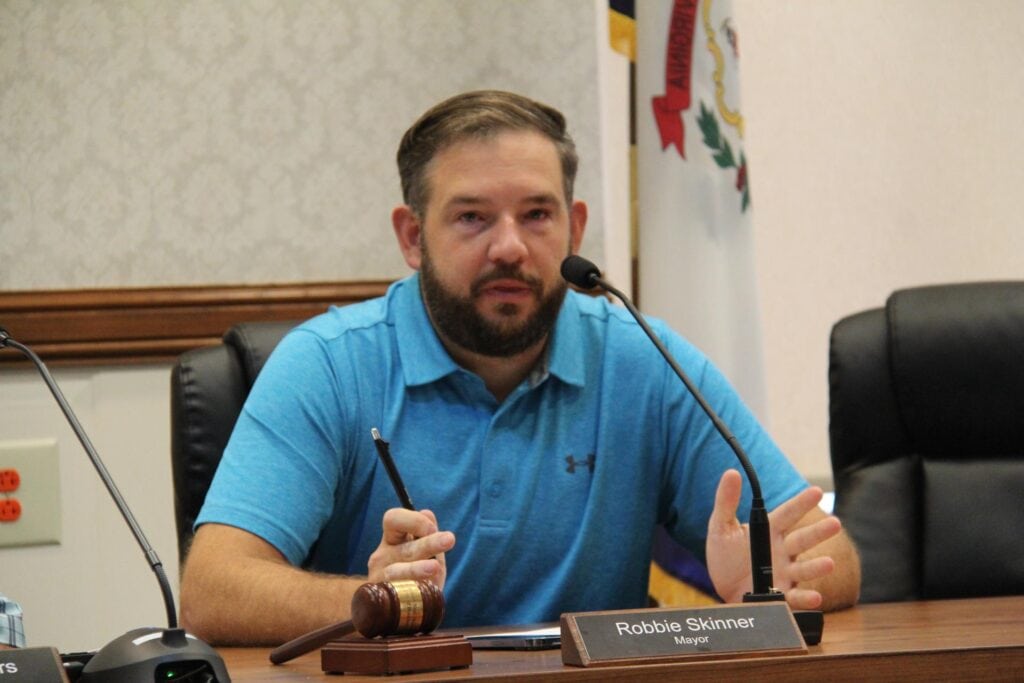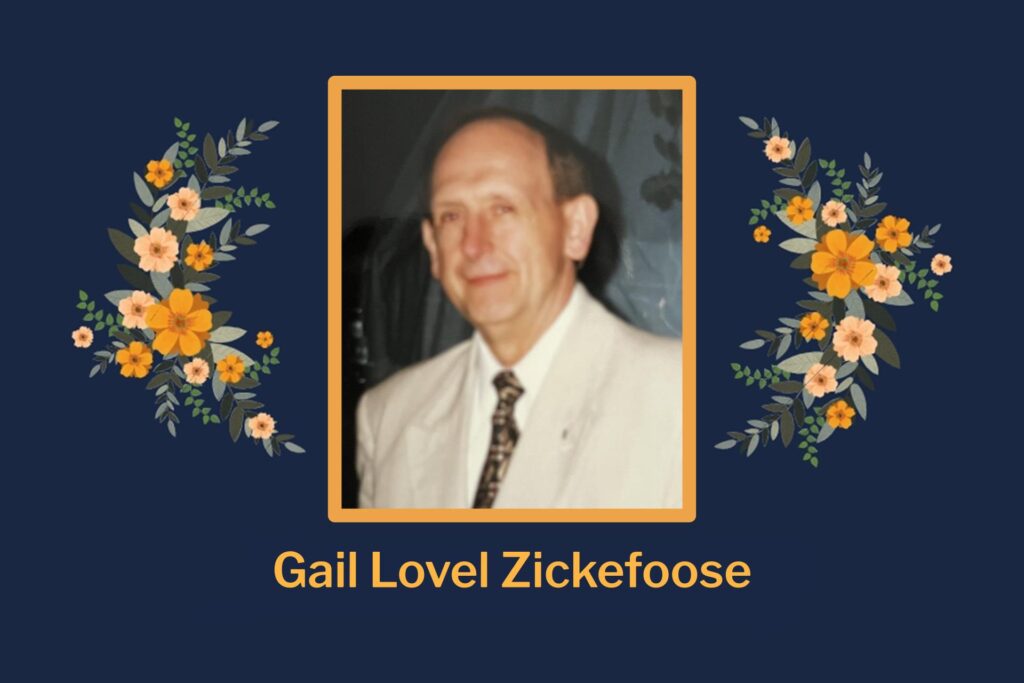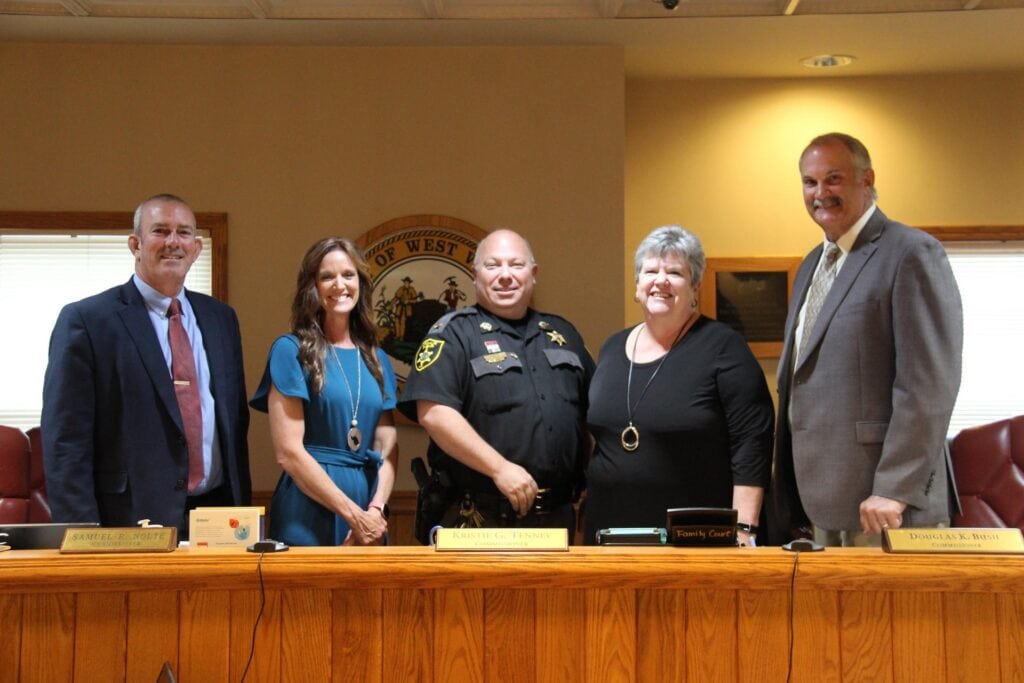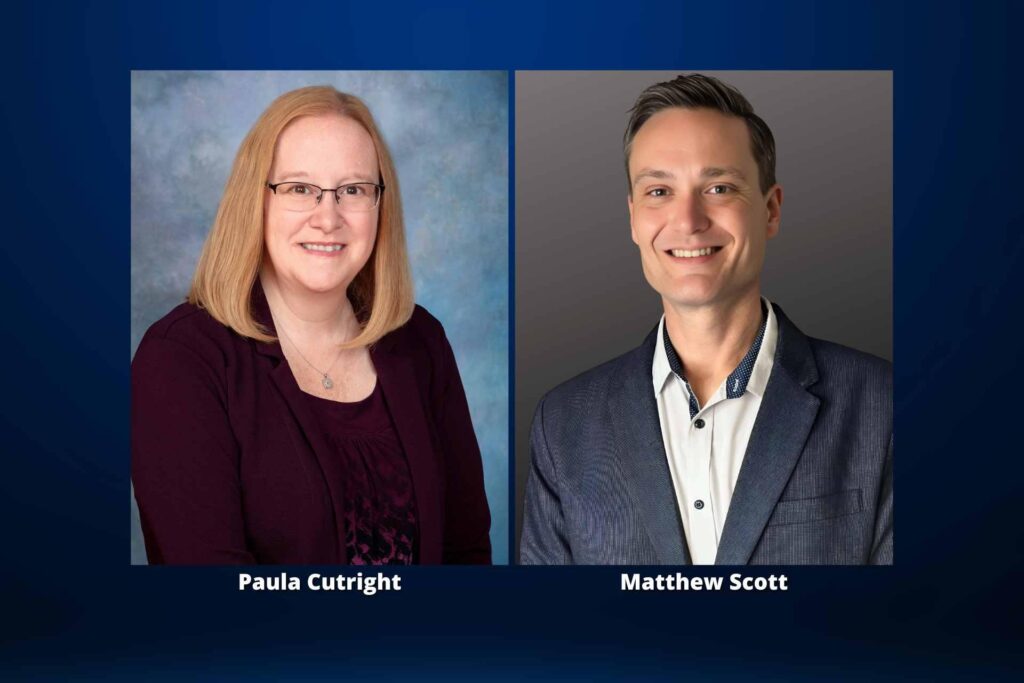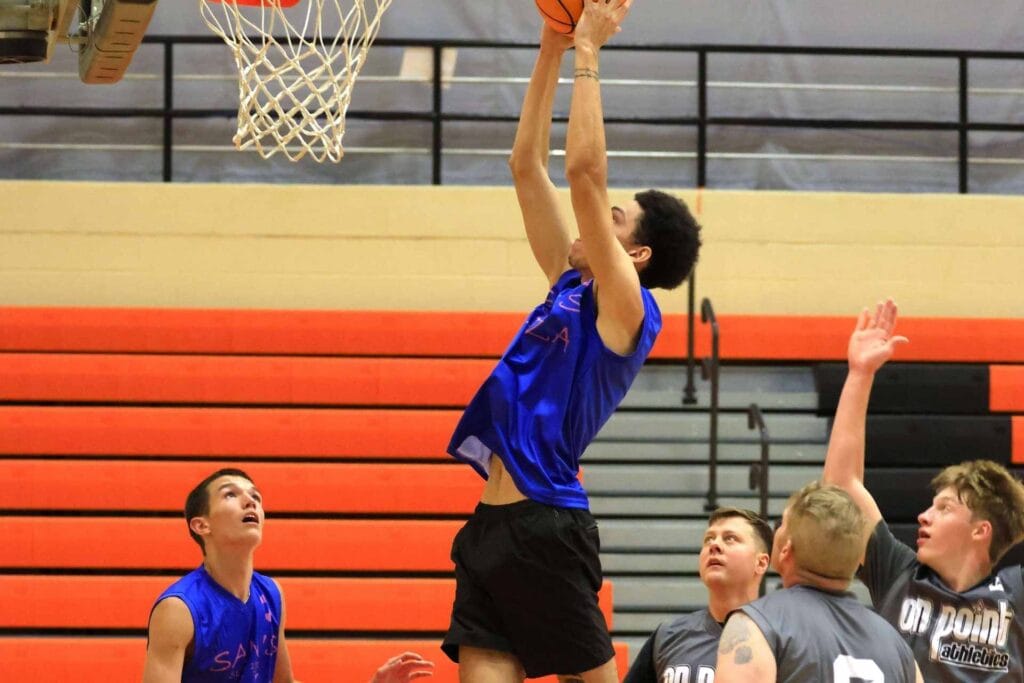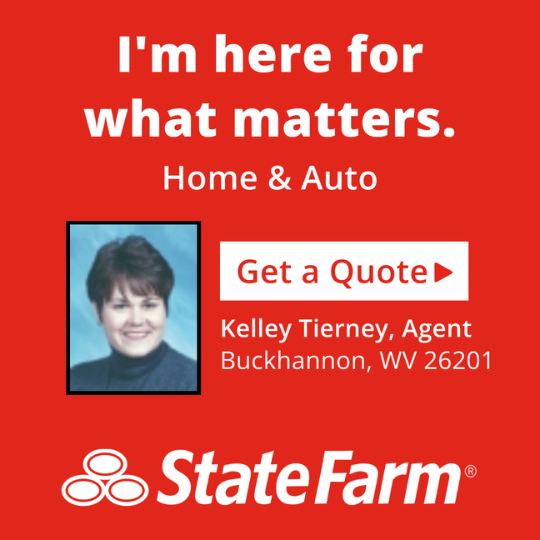Editor’s note: This story was originally published by Mountain State Spotlight. Get stories like this delivered to your email inbox once a week; sign up for the free newsletter at https://mountainstatespotlight.org/newsletter
By Trenton Straight and Douglas Soule, Mountain State Spotlight
CHARLESTON — To have even a chance of getting a cell signal, Tabitha Wyatt used to balance her phone on her porch banister or bathroom windowsill.
She and her family live in Russellville, an unincorporated community in Fayette County. Wyatt now relies on her internet service to make phone calls. But for a long time, she couldn’t afford it.
It’s still not easy. She makes less than $10,000 a year from disability benefits and spends $660 a year on internet bills.
“It’s just a bill that has to be paid,” Wyatt said.
She might not have to pay that much. Wyatt is one of thousands of West Virginians whose households are probably eligible for a federally funded program that can provide people with internet service for less — or even for free — but aren’t enrolled.
The Affordable Connectivity Program began at the end of last year, and President Joe Biden and others touted the program in a news conference last month. Biden said his administration would collaborate with state and local governments, community organizations and internet providers to promote the program.
But local leaders say they’ve not heard much, if anything, from the state or the feds. One West Virginia nonprofit leader whose group is working to inform people about the program said her group learned about the program on its own.
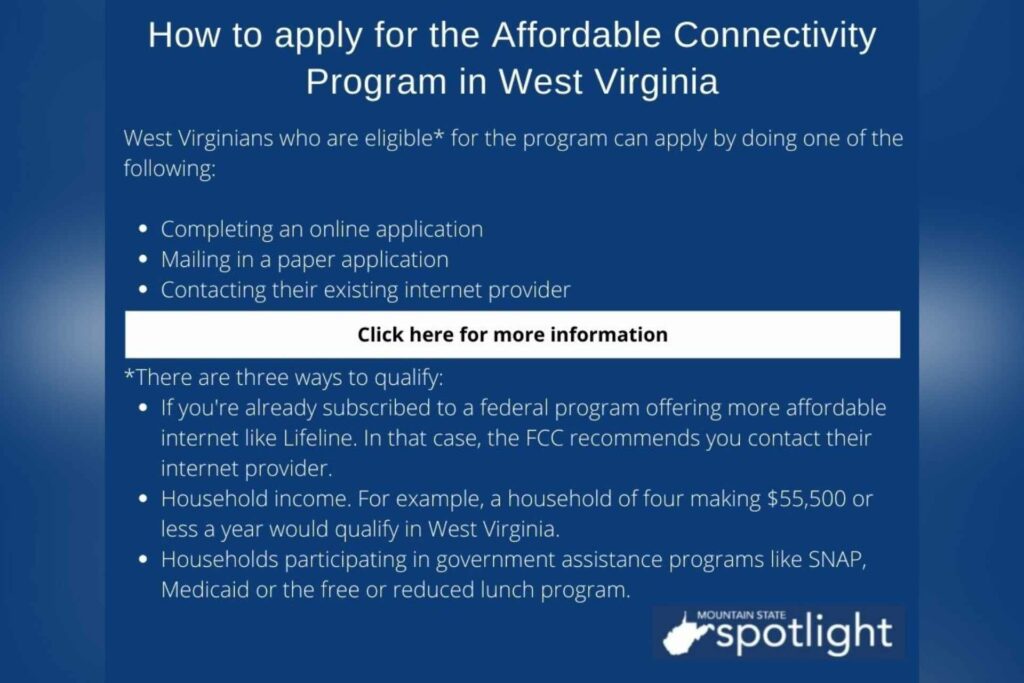
West Virginia has roughly 69,500 households enrolled in the program. The Federal Communications Commission doesn’t know exactly how many West Virginia households are eligible. An FCC spokeswoman pointed to a Columbia University analysis that estimated West Virginia had 356,000 households eligible for the program — although about 29% of those people don’t have any internet in the first place.
Wyatt was among those who didn’t know about the Affordable Connectivity Program.
“Oh, it would help out tremendously,” she said.
‘Significant’
As part of the Affordable Connectivity Program, 20 of the nation’s largest internet providers, including Frontier and Suddenlink, have partnered with the federal government to offer a high-speed internet service that would cost only $30 a month; simultaneously, more than 1,300 internet providers are offering a $30 monthly discount for some households. If people qualify for both, they could get internet service for free.
Some participating providers — including several in West Virginia, but not Frontier or Suddenlink, according to the FCC — are also offering ACP-eligible households a one-time $100 discount to purchase a laptop, desktop computer or tablet under the plan.
West Virginia has long been one of the worst states for broadband access, but Biden said that’s not the only issue with expanding access.
“It [is] about affordability as well,” the president said last month. “And today, too many families simply can’t afford to get connected, even if there’s access to get connected. So they go without high-speed internet or they sacrifice other necessities in order to make it work.”
Robbie Morris, chairman of the West Virginia Broadband Enhancement Council, agreed.
“In today’s world of inflation and the cost of everything going up from food to fuel, interest rates, everything else, being able to have such a vital utility such as broadband available to you at an affordable cost or possibly free, that is significant,” he said.
A household of four making $55,500 or less a year would qualify for the program in West Virginia, according to the Universal Service Administrative Company, which is administrating the FCC program.
Households with someone participating in government assistance programs including Medicaid, the Supplemental Nutrition Assistance Program and free or reduced school lunch would also qualify. (The Columbia study’s estimate of 356,000 households eligible for the program did not attempt to count the number of households that might be eligible through school lunch programs.)
Around 584,000 West Virginia people alone are covered by Medicaid, according to a 2021 report by the West Virginia Center on Budget & Policy. As of January, nearly 166,000 households in the state were receiving SNAP benefits, according to the state Department of Health and Human Resources.
All but five counties in West Virginia participate fully in the free or reduced lunch program, which means nearly all households in the state with a student enrolled in a public school could be eligible. These households would need to show proof of enrollment in a school or school district participating in the free or reduced lunch program, according to the FCC.
Outreach
Louisiana has the highest per-capita rate of Affordable Connectivity Program enrollment, according to The Wall Street Journal. Using the same measure, West Virginia is ranked near the middle among the 50 states.
Veneeth Iyengar, executive director of Louisiana’s state broadband office, said his agency has been busy reaching out to state residents and communities about the program.
“We do a pretty intense job of stakeholder engagement,” Iyengar said. “We spend a ton of time on the road meeting and talking to people.”
He added that Louisiana’s broadband office collaborates with other state agencies and nonprofits to boost enrollment numbers for the program.
In West Virginia, state officials haven’t said what steps they’re taking to get the word out.
State Department of Commerce spokesman Andy Malinoski said he was “aware of our efforts to amplify the [ACP] by various agencies” and said it was being promoted by the state Department of Commerce and the Office of Broadband, which has a page promoting the program on its website. He did not provide details.
Internet providers in West Virginia have been promoting the plan to varying degrees. Appalachian Wireless has a link about the program at the top of its website. Hardy Telecommunications posted about the program on Facebook, bought advertising in the local newspaper and sent information about the program along with its customers’ bills, said a company official.
But some West Virginia community groups around the state said they were still in the dark, and none had heard about the program from state outreach.
Patrick Cadle, executive director of the County Commissioners’ Association of West Virginia, said his agency hasn’t been informed about the program at all.
Matthew Sutton, chief of staff for Charleston’s mayor, said the city hasn’t been contacted by anyone on the state or federal level about the program, other than briefings from the state’s U.S. senators’ offices. But he said Charleston expects more information from the state government in coming weeks about how to promote the program.
As part of an outreach plan, the Biden administration says it is collaborating with public service organizations like the United Way.
Margaret O’Neal, president of the United Way of Central West Virginia, said West Virginia 211, a hotline for people seeking community resources, has been telling callers about the program with instructions on how to enroll. But she said her organization found out about the Affordable Connectivity Program on their own, not from the federal or state government.
“As people who provide resources, we try to do our very best to stay on top of what resources are available,” O’Neal said. “So nobody really reached out to us and said it was here.
“For the folks that we deal with most often that are the most challenged with connectivity, I don’t know that they even understand they can get it,” O’Neal said.
AARP, an organization supporting people aged 50 and older, has been emailing members in recent weeks outlining the program and how to enroll, said Gaylene Miller, the group’s state director.
“I think our biggest challenge is making sure that older West Virginians know that it’s available and that they sign up for it,” Miller said.
Thomas Hunter, spokesperson for AARP, said connectivity has long been on the organization’s radar and that they’ve worked with the state in the past on broadband projects, but he does not recall specific conversations with state officials about the promotion of the Affordable Connectivity Program.
For those who have heard about the program and signed up, the benefits have been significant.
Sue Shaffer, a 65-year-old Clarksburg resident, signed up for the program earlier this year. She lives on a fixed income of $800 per month from Social Security Disability Insurance, and is getting her internet free through the program.
“I almost was ready to have the internet completely turned off,” she said.
For her, having broadband means she can stay connected with friends who don’t have a good enough phone connection to easily make phone calls. That’s especially important now, since Shaffer is soon going to have brain surgery for her Parkinson’s disease.
“[The internet] is usually the only way I can get a hold of them,” she said.
Reach reporter Trenton Straight at trentonstraight@mountainstatespotlight.org, and reach Douglas Soule at douglassoule@mountainstatespotlight.org




